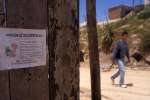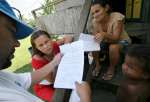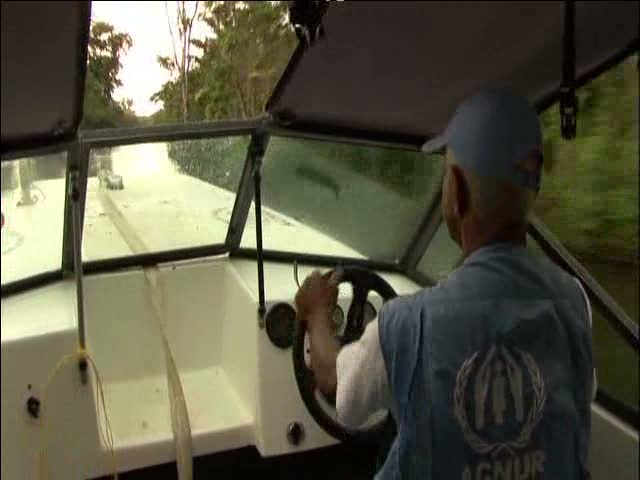Hitting the right notes of hope and integration for refugees in Venezuela
News Stories, 5 July 2013
ACHAGUAS, Venezuela, July 5 (UNHCR) – John sounded the tuning note for the rest of the orchestra on his oboe as a crowded auditorium waited for the 10-year-old musician and his young colleagues to perform Beethoven's classic "Ode to Joy."
Among the audience at the Cultural Centre in Achaguas – a rural town in western Venezuela's Apure state – were John's parents, his younger brother Sebastian and UNHCR staff members. They were all waiting proudly to see the Colombian refugee play for the first time with the local Simon Bolivar Youth Orchestra in a recent concert to mark World Refugee Day (June 20).
It was a landmark achievement for a boy who had to deal with the arbitrary detention and absence for more than two years of his father when he was just four, followed by the trauma of flight from his home in central Colombia's Meta department.
"Those were difficult times," the child's mother, Alejandra, explained. "I was alone with my children, and John kept asking about his father; he was devastated. Upon his release in 2010, my husband fled to Venezuela, and I and my children followed him one month later."
But life has since turned around for the family, thanks to their own determination, new educational opportunities and, in John's case, a little help from UNHCR and a programme called FundaMusical. Run by the Simon Bolivar Music Foundation, this promotes the integration of refugee children in Venezuela through music.
Both John and six-year-old Sebastian joined the nationwide programme earlier this year in Achaguas, with the younger boy opting to learn the violin. "It is wonderful to see them so enthusiastic about playing music. In their spare time after school, they only want to practise what they learnt in FundaMusical," said Alejandra, who believes that education is vital and will be the passport to a brighter future for all her family.
The FundaMusical initiative has only been open to refugees since last February, when UNHCR and the Simon Bolivar Music Foundation signed a memorandum of understanding aimed at jointly promoting peace and respect for the rights of refugees. The new partnership seeks, among other objectives, to contribute to the welfare of refugee children through their inclusion in FundaMusical youth orchestras and music schools in the border states of Apure, Tachira and Zulia.
John and Sebastian were the first refugee students to join the school in Achaguas, one of seven in Apure. "Five other refugee children are about to enrol in the Achaguas branch, and we already have 15 other refugee and asylum-seeker children attending the FundaMusical branch in [the Apure border town of] Guasdualito," said the programme's regional director, Fernando Ruiz. Aside from studying music, the students also learn about values such as teamwork, cooperation, responsibilities and commitment.
The example set by John, Sebastian and their father, who recently returned to secondary school and plans to study law at university, is inspirational. The refugee agency believes it is also another example of the positive outcomes that can be achieved when UNHCR, its partners and Venezuelan government agencies work together to include refugees in public policy.
And judging by the standing ovation for the "Ode to Joy," John might have a career as a musician. Alejandra now sees her family as being part of the community in Achaguas. "I feel that my children are safe, in a healthy and good educational environment."
By Marcela Rodriguez-Farrelly in Achaguas, Venezuela












































